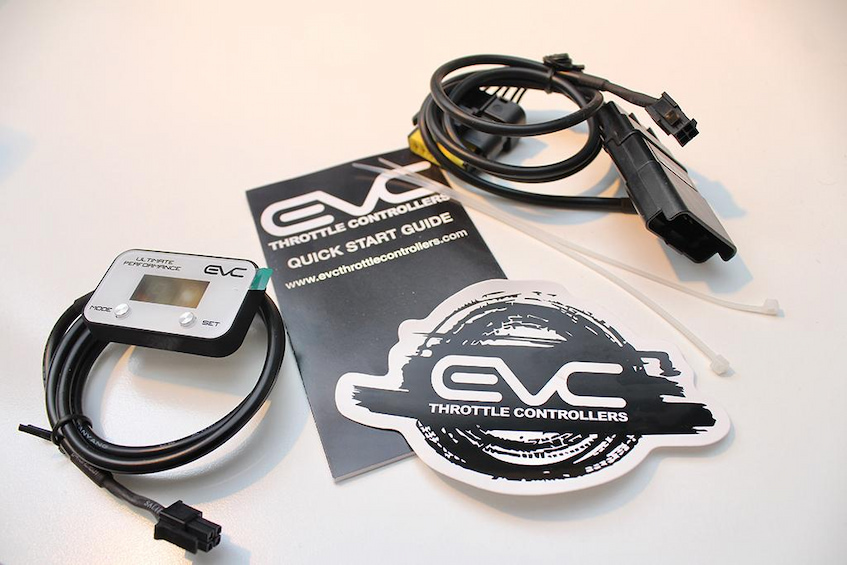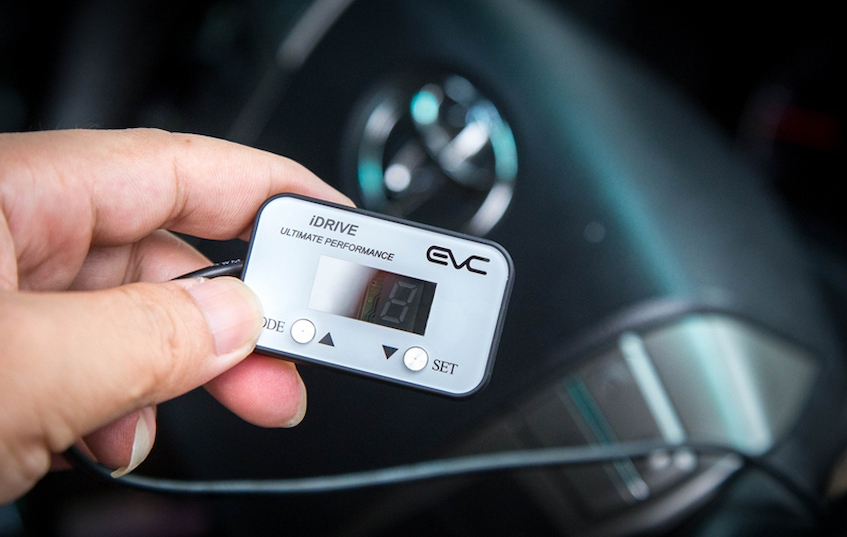
A Guide to Installing Electronic Throttle Controllers
Installing an aftermarket throttle controller on your vehicle is one of the best ways to get a more performance-oriented driving experience. With an electronic throttle controller, you’ll be able to modify acceleration and deceleration rates as well as idle speed with the press of a button. This can be especially helpful if you want to avoid having to shift gears while riding in traffic or while parking; simply press the cruise control button once and let your vehicle maintain its current speed without needing to apply any additional gas or brakes.
However, before you decide to install a new aftermarket throttle controller in your vehicle, you should be aware of some of the safety issues involved with doing so. Although electronic throttle controllers do have their advantages, they can also cause problems if not properly installed or used by inexperienced operators.
Contents
Tips on Installing Electronic Throttle Controllers

Here are some tips on how to safely install and use an aftermarket electronic throttle controller:
- Make sure that your vehicle is equipped with an OBD2 port before buying an aftermarket throttle controller. Most vehicles manufactured since 1996 have this feature, so it should not be difficult for you to find one. If your vehicle does not have an OBD2 port, then you will have to get an adapter or modify the system yourself.
- While installing your new throttle controller, make sure that you follow all of the safety precautions listed in its manual. Read these instructions carefully before doing anything else and take precautionary measures to avoid electrical shock, engine damage and other hazards.
- Try out your new aftermarket throttle controller on a safe, open road before using it on a daily basis. Be sure to get familiar with its features as well as how it responds to your inputs when you’re driving at varying speeds and under different conditions.
- If you experience any problems while driving with your throttle controller installed, immediately turn off the device and consult with its manufacturer or an experienced mechanic for help. Do not attempt to repair or modify the system yourself; doing so may create additional safety issues that could put you and other motorists at risk.
- Make sure that the throttle controller you install is compatible with your vehicle’s engine and transmission. If it isn’t, then you may experience problems such as stalling or jerky starts and stops.
- Be aware of any additional safety issues that might be involved when installing an aftermarket throttle controller on a vehicle that has not been factory equipped with cruise control features. Improperly using an electronic throttle controller could create conditions that are dangerous to both yourself and other motorists.
With the right precautions in place, installing an aftermarket throttle controller on your vehicle should be a safe and enjoyable experience. Before you buy one, however, make sure that it’s legal for use in your state or province. If you’re uncertain about this, contact your local automobile dealer to find out if there are any regulations governing electronic throttle controllers in your area.
In Australia, most of the vehicles come with cruise control as a standard feature so these products will not be very useful for those people. In addition, if you drive a vehicle that was not manufactured with cruise control features and decide to install one yourself, make sure that it has been approved by the National Highway Traffic Safety Administration (NHTSA).
Safety Issues to Consider When Installing a Throttle Controller

As you can see, installing an electronic throttle controller is relatively straightforward. All you have to do is plug it into the vehicle’s OBD2 port and follow the instructions in its manual. You can also consult with an auto mechanic for help if you feel that this will be necessary. However, there are several safety issues to consider when installing an aftermarket throttle controller on your vehicle. These include:
- Engine damage due to overcharging. Some electronic throttle controllers have features that allow them to automatically increase engine power as needed during acceleration or deceleration. If these products are used in vehicles that have already been modified and tuned, then they can cause serious engine damage.
- Engine stalling. Some electronic throttle controllers may also include features to automatically maintain a constant speed without manual input. These devices are great for preventing stalling or jerky starts and stops, but using them with vehicles that haven’t been factory equipped with cruise control features may result in stalling issues.
- Electrical shock hazards. When installing your aftermarket throttle controller, make sure that you don’t mix up its wires with those of your vehicle’s electrical system. Doing so may result in serious injuries from electrical shock. You should also avoid getting any part of your body near the engine while installing this device; doing so will prevent you from being shocked by an unexpected burst of electricity.
- Incorrectly installed throttle controllers can cause problems such as jerky starts, stalling and other issues that are dangerous to both yourself and other motorists.


No Comments